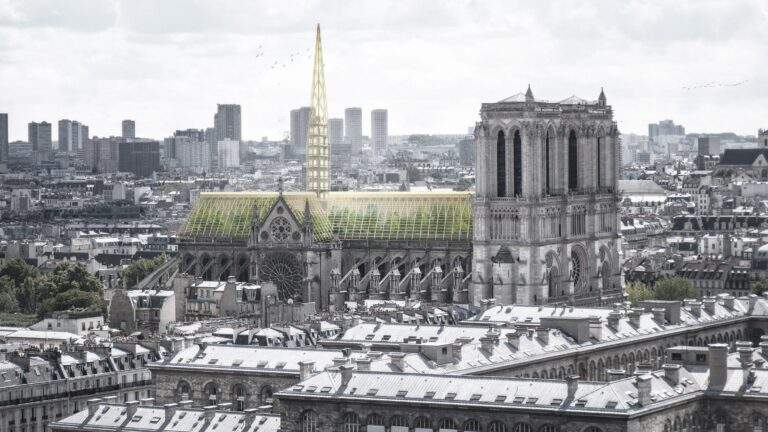Virtual reality challenges in architecture and design
Virtual reality in architecture and design faces some challenges as with all technological developments.
While VR technology has been around for decades and has advanced significantly,
some technical and safety issues must be considered when using VR in the design process.
One of the main technical challenges for using virtual reality in architecture and design is the availability
and cost of the hardware and software needed to create immersive experiences.
Most VR systems require expensive hardware such as a headset, controllers, and a compatible PC.
This can be prohibitively expensive for some companies and individuals.
In addition, the software needed to create and experience virtual reality comes at a significant cost.
Another technical challenge for using VR in architecture and design is the need for specialized technical skills.
Virtual reality systems require a great deal of technical expertise in order to properly set up the environment and create immersive experiences.
This can also be a major hurdle for companies and individuals who need to acquire the skills or resources to do so.
Safety is another important consideration when using VR in architecture and design.
While the use of virtual reality systems is generally safe, some potential risks associated with extended use should be considered.

Dangers of virtual reality systems
The most common risk is motion sickness, which can result from prolonged exposure to virtual environments.
In addition, there is a risk of physical injury if the user trips or falls while immersed in a virtual environment.
Privacy and security are also major concerns when using VR in architecture and design.
Virtual reality systems require certain privacy to ensure that unauthorized individuals do not access user data.
Additionally, any information stored or shared in a virtual environment must be kept secure to protect user privacy.
In general, the use of virtual reality in architecture and design has some challenges to consider.
While technology has advanced dramatically over the past few decades, some technical,
safety, privacy, and security challenges must be addressed to ensure safe and successful experiences with VR.

The future of VR in architecture and design
The potential applications of virtual reality in the fields of architecture and design are almost limitless.
Not only does the use of virtual reality allow architects and designers to create more accurate designs faster
and more efficiently, but it also opens up a whole new realm of possibilities.
In the future, virtual reality can be used to create interactive visual simulations of structures as they will look into the future and allow architects and designers to explore design in 3D space.
Virtual reality can also be used to create new and innovative building designs,
allowing architects to explore the possibilities of materials, textures and forms in a way that was not possible before.
Architects and designers can use virtual reality to virtually create,
experiment and refine their designs before committing to construction.
This can significantly reduce the cost associated with building design and construction.
Virtual reality can also enhance collaboration between architects and designers and their clients.
Instead of being limited to 2D graphics,
Architects and designers can use virtual reality to create virtual environments that their clients can explore and interact with.
This could allow clients to better understand the design and provide real-time feedback and input to architects and designers.
In the future, virtual reality technology will become more sophisticated, allowing architects and designers to create more interactive and immersive environments.
Creating virtual tours of buildings in their various stages of construction can allow architects to gain valuable design insights and make any necessary adjustments before the building is completed.

Virtual reality can also be used to create interactive visualizations of cities and urban environments.
This allows architects, urban planners and developers to explore the potential of different designs in real time.
This could make it easier to create more efficient and sustainable urban environments.
Finally, VR can create virtual simulations of existing spaces.
This allows architects and designers to explore how different materials, textures, and shapes might look in a given space.
This could allow for more creative and innovative designs for existing structures.
In conclusion, virtual reality has a huge impact on the architecture and design industry.
It provides new tools and opportunities for designers to create better designs with greater speed and accuracy.

Advantages of virtual reality in architecture and design
Advantages of virtual reality in architecture and design include cost savings,
improved collaboration, and improved design accuracy.
While there are some technical and safety challenges associated with the use of virtual reality,
These challenges can be managed with appropriate technology and processes.
The future of virtual reality in architecture and design looks promising,
with plenty of new applications and opportunities on the horizon.
For more architectural news






